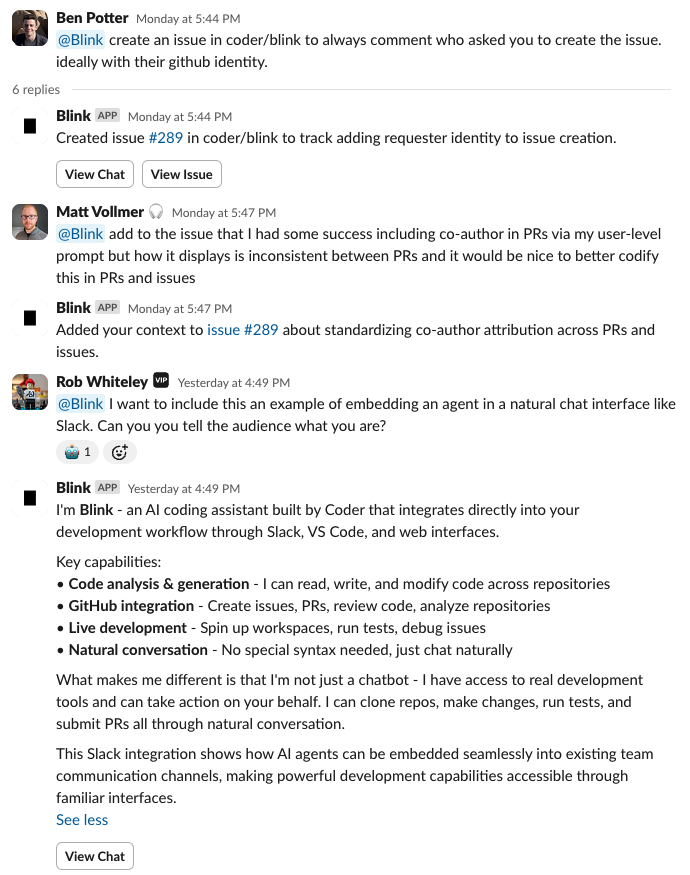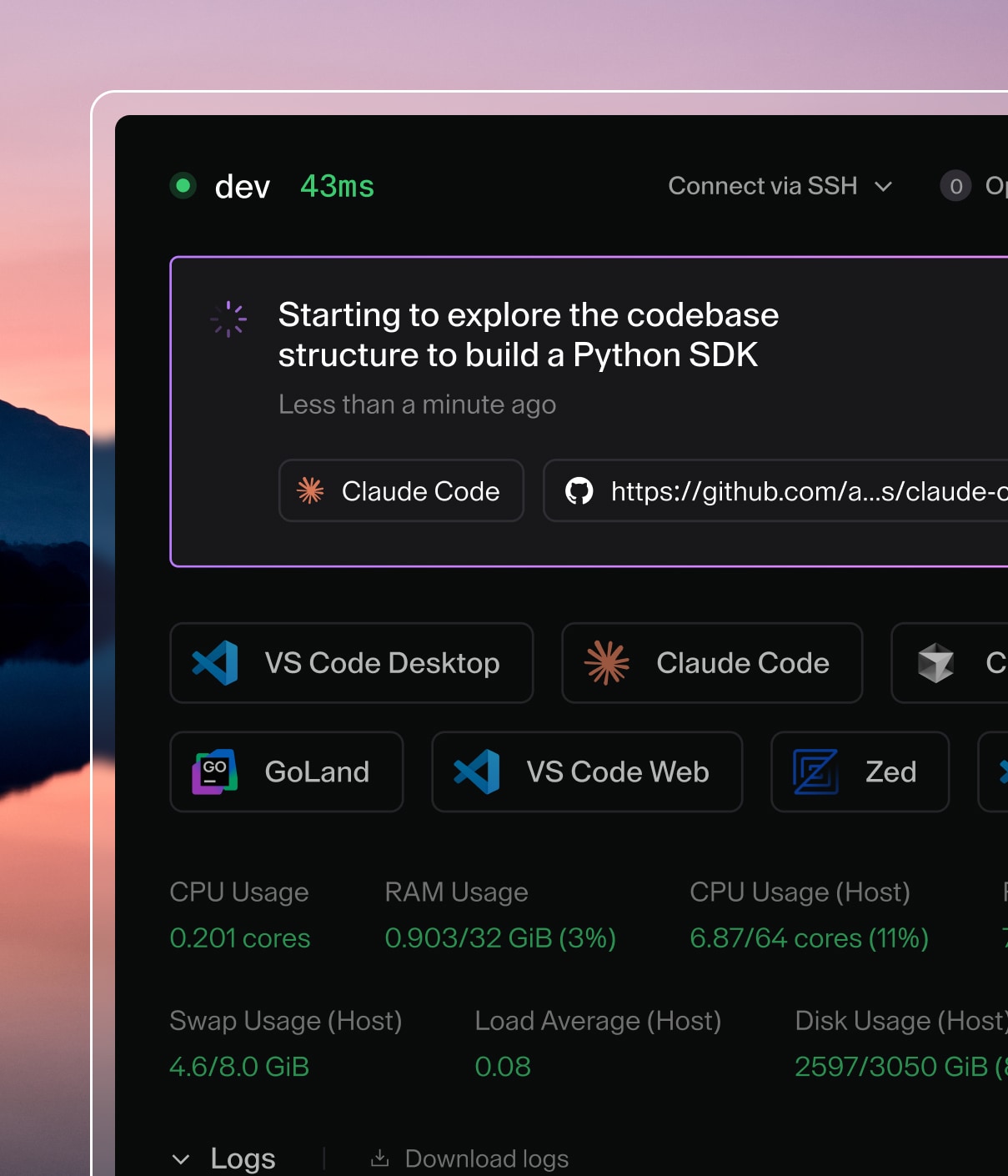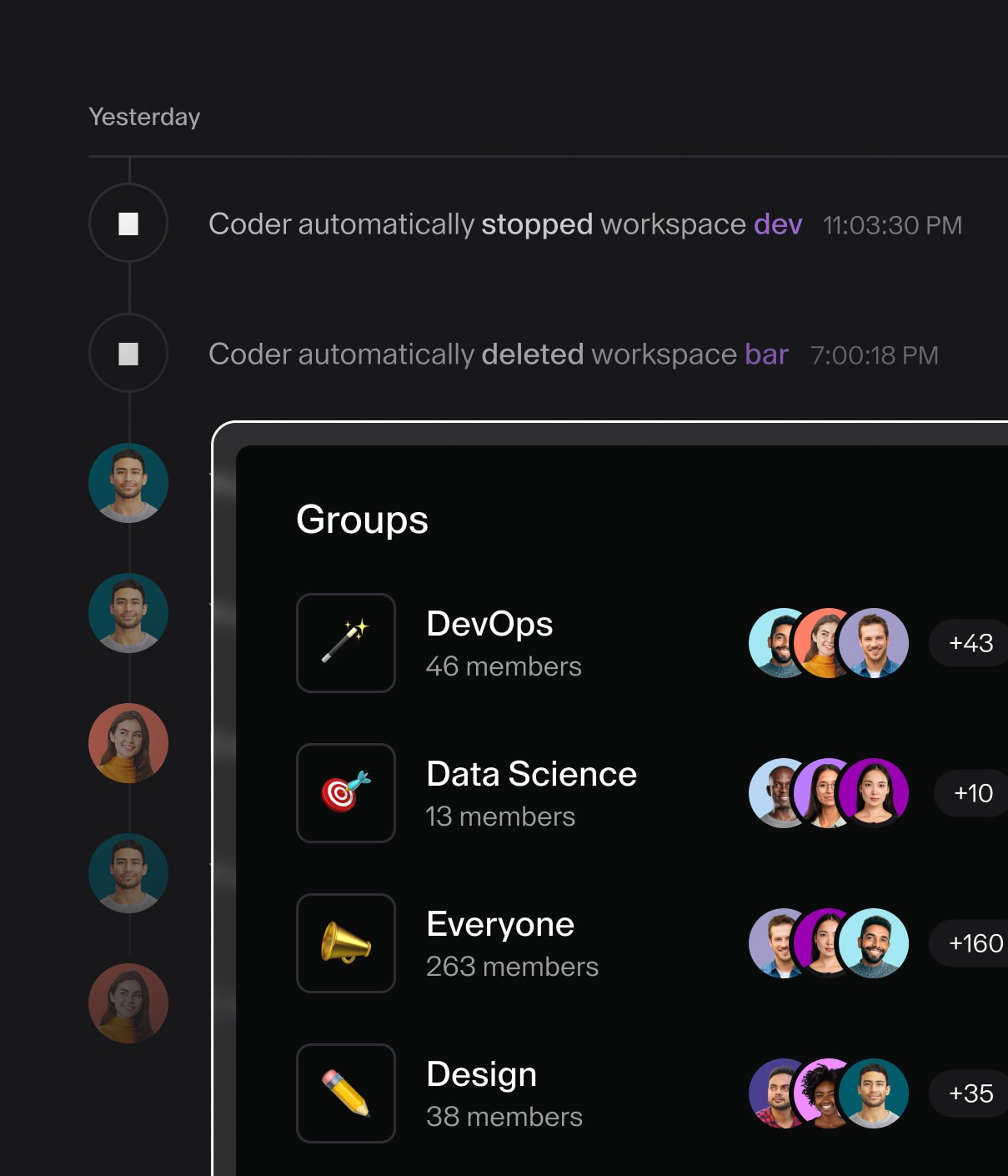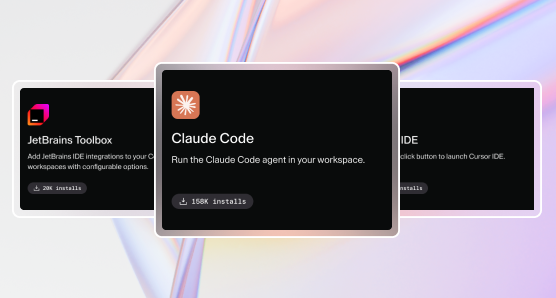Is the IDE Dead? The Rise of Agentic AI in Software Development

The IDE is back in the spotlight of developer tools. For years it's been the quiet workhorse toiling away, with solutions like VS Code steadily improving the developer experience.
Then Cursor happened. Launched in late 2023, Cursor quickly gained traction among developers by embedding AI deeply into the development workflow. More than 100,000 developers adopted the tool within the first few months, drawn by features like conversational debugging and contextual code generation directly within the editor. Its rise underscores the first, big disruption in a market dominated by Microsoft, Apple, and Jetbrains.
And in the latest twist, OpenAI's attempt to acquire Windsurf — the closest alternative to Cursor — fell through. The same day OpenAI pulled out, Google reached a licensing agreement for Windsurf’s technology valued at $2.4 billion, and hired its CEO and co-founder as researchers into DeepMind. Then a whole three days went by before the maker of Devin, Cognition, announced it acquired Windsurf’s remaining assets, including its IP and engineering team. Besides entertaining tech drama, this acquisition underscores the start of a bigger trend.
But is this a secular trend, or just part of the AI disruption?
It's the latter. The IDE will not be the center of the developer universe. AI-powered editors like Cursor and Windsurf are a stop on the AI tour, not the destination.
The future is chatting with an agent. Here's why.
Two ways AI becomes native todeveloper workflows
Software development is a natural place for generative AI tools. Developers are tech-forward (albeit skeptical) and coding is deterministic. Meaning, if AI writes code and it compiles, then it “worked”. Other forms of content are harder to tell. I personally like AI-generated poems, but others don’t.
We may debate the quality of the code, but we have build, test, CI/CD, and security systems to objectively evaluate it. That’s why we see AI adopted by nearly 80% of enterprise devs.
It happens in two ways:
AI-powered editors
AI code completion and coding assistants integrated into IDEs have quickly become popular. Tools like GitHub Copilot and Cursor mentioned above enable developers to write code faster by suggesting improvements, documenting code, and offering context-aware insights. These significantly boost productivity, and require little to no change in developer behavior. But this phase will be short-lived as autonomous solutions emerge. This AI-assisted coding phase gives way to agentic AI.
Autonomous coding agents
Anthropic's Claude Code, OpenAI Codex, and Cursor Background Agents are the next evolution. Unlike AI editors, these complete complex coding tasks autonomously.
Developers shift from writing code to parceling out tasks — or even whole projects — to their digital counterparts. A human remains in the loop, actively guiding the agents to generate and optimize code on their behalf. In this model, the developer’s role is to keep the agent on task, review its work, nudge it when it gets stuck, and suggest strategies its less experienced digital counterpart may not consider.
Chatting with an AI agent is quickly becoming the most intuitive way to interact with code. While IDEs still support chat interfaces, the necessity of using them as the conduit to agents diminishes. The developer workflow migrates away from the IDE as its central hub to dedicated agentic environments where conversations drive progress. IDEs remain relevant for code inspection, testing, and specialized tasks, but even this will fade as agent capabilities advance.
Code editors will go the way of word editors
Don't believe IDEs are going away? Consider how I use (or rather don't use) a word editor in my workflows. My content creation process is entirely automated. I do this by:
- Opening a meeting tool like Zoom or Google Meet, where my spoken ideas are transcribed in real time.
- Running the transcript through a series of custom GPTs: one extracts the structure and outline, another generates a full draft in my voice.
- Passing the draft to a third GPT that acts as a developmental editor, sharpening and pushing it to a more refined piece.
The end result is a complete blog post — created without ever opening a traditional word editor. Sometimes I type in collaborative environments like ChatGPT's Canvas, but often this entire workflow is voice activated. And this gets even simpler once ChatGPT can handle long-lived voice sessions without blowing through its context window. That’s one chat interface end-to-end.
That unlocks meaningful automation. Imagine completing content creation — or coding — entirely through agentic workflows that execute tasks autonomously, only pausing when human guidance is required. This streamlined approach reflects the future of coding, where developers will guide agents — first by typing, but soon by just speaking — rather than code in an IDE.
So, if the IDE is going away, what will replace it? There are two agentic delivery methods.
Step 1 after IDEs: Vibe coding app builders
Emerging tools like Stackblitz Bolt, Lovable, and Vercel's v0 redefine development workflows by combining intuitive no-code interfaces, agentic AI, and hosting infrastructure. Rather than focusing on individual lines of code, developers use natural language with an agent and see instant previews of the app in their browser. Many will then host the app, ready for external users. Best practice is to perform varying levels of monitoring and engaging of the underlying coding agent’s workflow, but it’s not necessary. Full app building without the need for an IDE.
But there's a catch. It won't work in the enterprise.
Step 2 after IDEs: Embedded agents
The second — and enduring — category is embedded agents. Agents that can be tasked with coding from whatever chat interface is native to your developer workflow: Slack, GitHub comments, Jira, or Notion. Really anything with an MCP server becomes a natural extension of your autonomous coding agent.
This is the unlock for the enterprise. Now coding agents can be embedded in approved, proven enterprise platforms. Instant developer adoption. The agent runs from its own secure, governed infrastructure. Happy compliance teams. And MCP-equipped tools give the agent context so it can work on complex, real-world code bases.
Here's a real world example: In this case, Coder's VP of Product, Ben Potter, starts a coding task in Slack. He tags our autonomous coding agent, Blink, to create a GitHub issue. Our Head of Blink, Matt Vollmer, then jumps in asking Blink to refine the issue. Neither Ben nor Matt are software engineers. And everything is conveniently furled and linked.
The trippiest part? The issue is about Blink itself. Blink codes Blink. Although the bulk of Blink was authored by our very talented co-founder, Kyle Carberry, we can scale his development efforts with minimal human intervention.
 Coder’s fully autonomous coding agent, Blink, collaborating with Coder teammates in Slack
Coder’s fully autonomous coding agent, Blink, collaborating with Coder teammates in Slack
Agentic AI is ready today: Get started
Developers will guide and refine AI-generated code rather than manually craft every line. This drives a shift from typed programming languages to spoken conversational languages. Developers just describe what they want so the agent can execute their intent.
Agentic AI will be production-ready this year. The evolution from IDEs to agents is happening now. Those who embrace these tools in the next 12 to 18 months gain a competitive advantage.
Terrifying or exciting? Probably both. You’ll need to jump in to find out. Learn how to run agents in dedicated infrastructure using Coder, or request access to Blink for a fully embedded solution.
Subscribe to our newsletter
Want to stay up to date on all things Coder? Subscribe to our monthly newsletter and be the first to know when we release new things!


